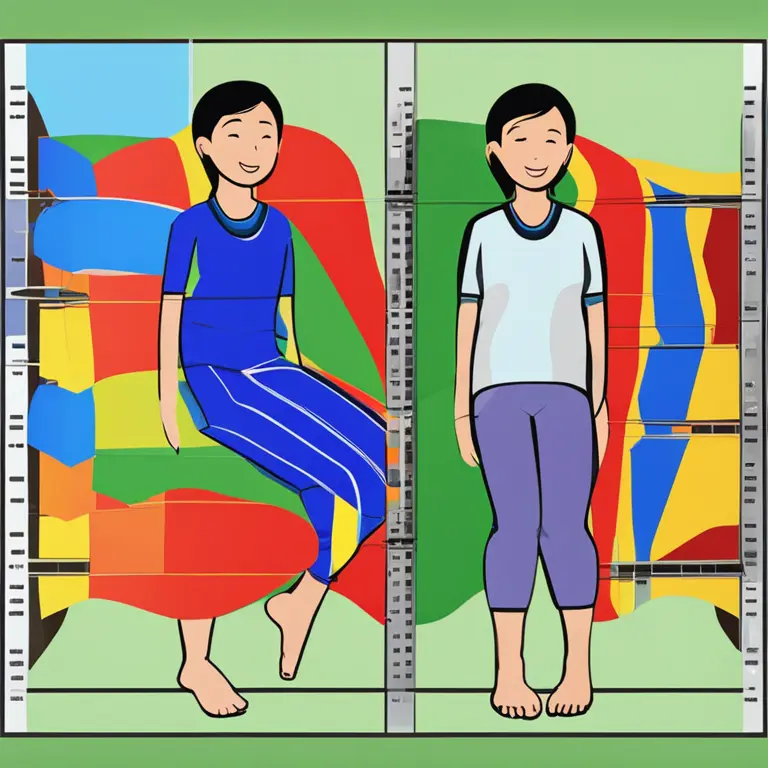
Mindful Meditation Practices for Everyday Calm
Embrace serenity and enhance your self-awareness through simple and effective mindful meditation exercises designed for daily life.
article by Hina Kurosawa
Introduction to Mindfulness
Mindfulness meditation is a transformative practice that roots itself in the art of presence. By bringing our full attention to the here and now, we open doors to a deeper connection with ourselves and the world around us. Emerging research in neuroscience and psychology continues to reveal how daily mindfulness exercises can reduce stress, elevate mood, and even bolster our immune system, making it a valuable resource for holistic well-being in our fast-paced modern lives.

Starting Simple: Breath Awareness
Our breath is a natural anchor to the present moment. To begin this foundational practice, find a quiet space and devote a few minutes to simply observe the rhythm of your inhale and exhale. As you sit with closed eyes, let the flow of your breath guide you to a state of calm, gently bringing your attention back whenever you notice your mind wandering. This exercise can be practiced anywhere, from the comfort of your home to a brief pause at work.

Body Scan for Tension Release
A step beyond breath work, the body scan involves sequentially focusing on different parts of the body to unearth and release stored tension. Begin at your toes and move gradually to the crown of your head. As you place your awareness on each area, breathe into any tightness you detect, encouraging a sense of release. This technique is not only soothing but can also enhance your attunement to bodily sensations, often overlooked in our daily activities.

Engaged Walking Meditation
Infuse your routine walks with mindfulness by transforming them into meditative experiences. As you walk, focus on the sensation of your feet touching the earth and the rhythm of your stride. Engage all your senses to fully experience your environment – the sights, sounds, and smells that usually slip by unnoticed. This form of meditation can be particularly grounding and is a perfect example of how mindfulness can be woven into mundane tasks.
Observing Thoughts Without Judgment
An advanced form of mindfulness is learning to observe your thoughts without attaching emotion or judgment. Sit comfortably and envision your thoughts as clouds passing in the sky or leaves floating down a stream. Acknowledge their presence but resist the urge to label or follow them. This practice can provide deep insights into the nature of your mind and lead to a more balanced emotional landscape.
Cultivating Gratitude
Integrating gratitude into your meditation can amplify feelings of well-being. At the end of each day, take a moment to reflect on three things that you're grateful for. It could be as simple as a delicious meal or a warm interaction with a stranger. By intentionally acknowledging these moments, we train our brains to focus on the positive, which can enhance overall happiness and contentment.
Meditation in Daily Routines
Lastly, remember that mindfulness need not be confined to a specific time or space. Simple actions like washing dishes, drinking a cup of tea, or even listening to a colleague can become meditative if done with full attention and awareness. By embracing mindfulness in everyday activities, you cultivate a serene mind, prepared to tackle life's complexities with grace.
Published: 1/18/2024
Modified: 1/18/2024
More predictions
Come back here soon to learn more about yourself and your future


Can Meditation Manage Depression?
Discover how meditation can contribute to managing depression, its potential benefits, and the connection between mindfulness and mental health.


Easing Anxiety Through Mindful Meditation
Discover how mindful meditation can be a serene gateway to relieving anxiety, fostering a peaceful mind, and promoting overall well-being.


Easing Pain With Mindfulness Meditation
Discover how meditation can be a powerful tool for pain management, offering natural relief and mind-body harmony.